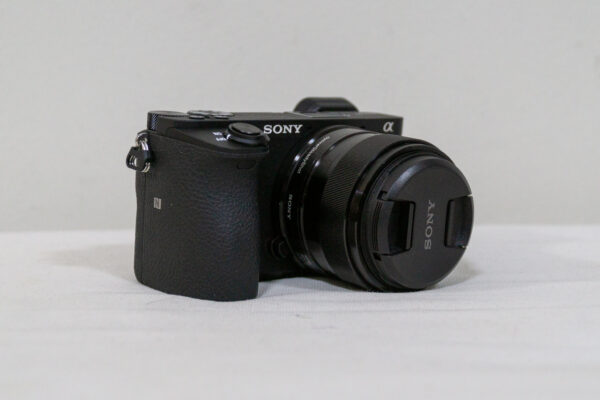
Sony announced last week a new addition to their A6000 series E-mount mirrorless camera. Instead of an upgrade to the latest A6500, the new A6400 is positioned as a successor to the A6300.
Both the A6300 and A6500 were released in 2016. This year’s A6400 update is a timely confirmation that Sony hasn’t abandoned their line of E-mount APS-C mirrorless cameras. The choice of the new model name, however, may leave one to wonder where exactly the A6400 stands in comparison to the previous two models.
Sony intends for the new A6400 to replace the A6300, rather than succeed the A6500. However, the new camera benefits from several technological updates that may even exceed the A6500’s capabilities in some areas.
Some of the headline new features of the A6400 include real-time eye autofocus, real-time tracking, the world’s fastest autofocus, and finally a fully tiltable LCD touchscreen that flips 180° to facilitateself-recording.
The A6400 inherits some of Sony’s most advanced technologies from their full-frame mirrorless lineup. The new camera features 425 phase-detection AF points and 425 contrast-detection AF points that are placed densely over approximately 84% of the image area. The A6500, on the other hand, has the same 425 phase-detection AF points, but only 169 contrast-detection AF points.
Quick autofocus is essential to capture that perfect shot at the right moment. To this end, the A6400 improves the A6500’s already impressive 0.05s autofocus to just 0.02s. The new real-time eye autofocus allows you to choose focus priority on the left eye, right eye, or auto. The camera can also autofocus on animals’ eyes with a firmware update coming later this year. Also debuting on the A6400 is a new object-tracking autofocus feature. Ultimately, these autofocus technologies allow the photographer to concentrate on composition, and is a big improvement over what is available in the A6500.
The A6500 does have one important strength over the new A6400: in-body image stabilisation. While Sony offers many lenses with in-lens image stabilisation, the A6500’s 5-axis in-body image stabilisation is a strong bonus, allowing you to shoot handheld at slower shutter speeds.
The follow table summarises the major differences between the A6400 and A6500:
| A6400 | A6500 | |
| Autofocus | 425 phase/contrast detection points | 425 phase detection, 169 contrast detection |
| ISO Range | 100-102400 | 100-51200 |
| Image Stabilisation | None | 5-axis in-body |
| Buffer Depth | 99 (46 Raw) | 233 (107 Raw) |
For some people, the new 180° flip-up LCD touch screen is going to be a big sell, especially if they are into vlogging.
On the other hand, the A6500 offers some small advantages such as an extra custom function button to enable quick settings changes. The bigger buffer depth for longer continuous shots may also be useful for some people.
At the official suggested retail price of $900 vs $1,198 for the A6400 and A6500 respectively, it may be hard to see if the 5-axis in-body image stabilisation is worth the nearly $300 premium.
(Note: Feature photo in this post is of the A6500.)
View Comment Policy